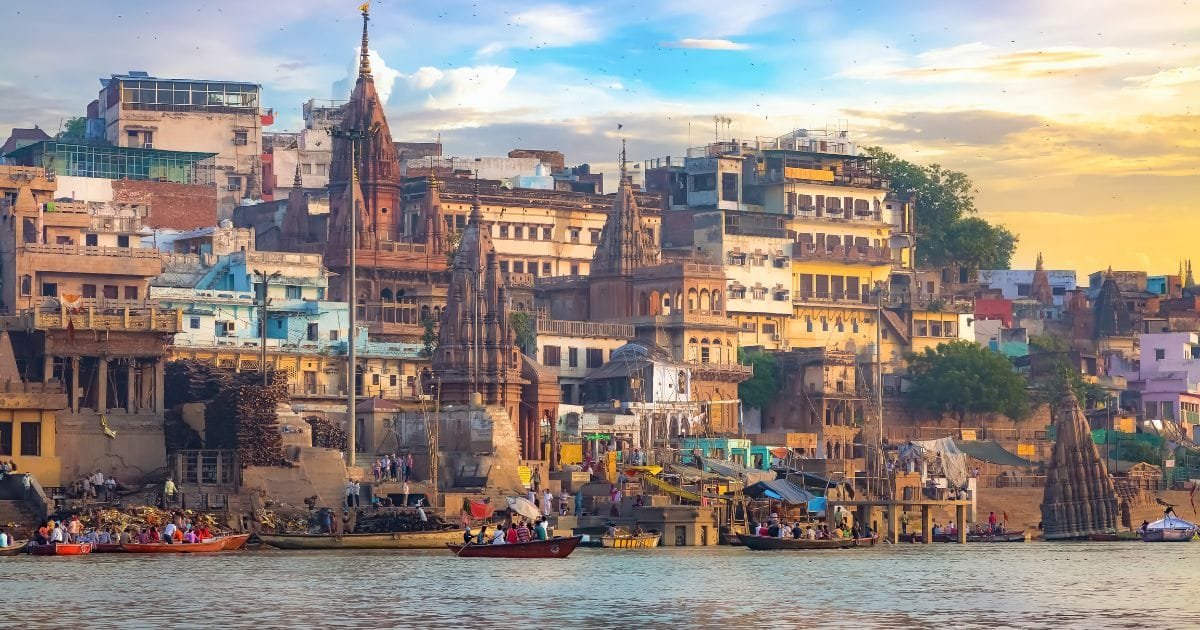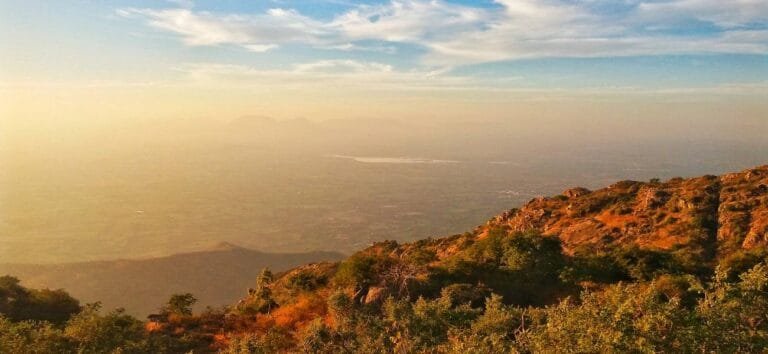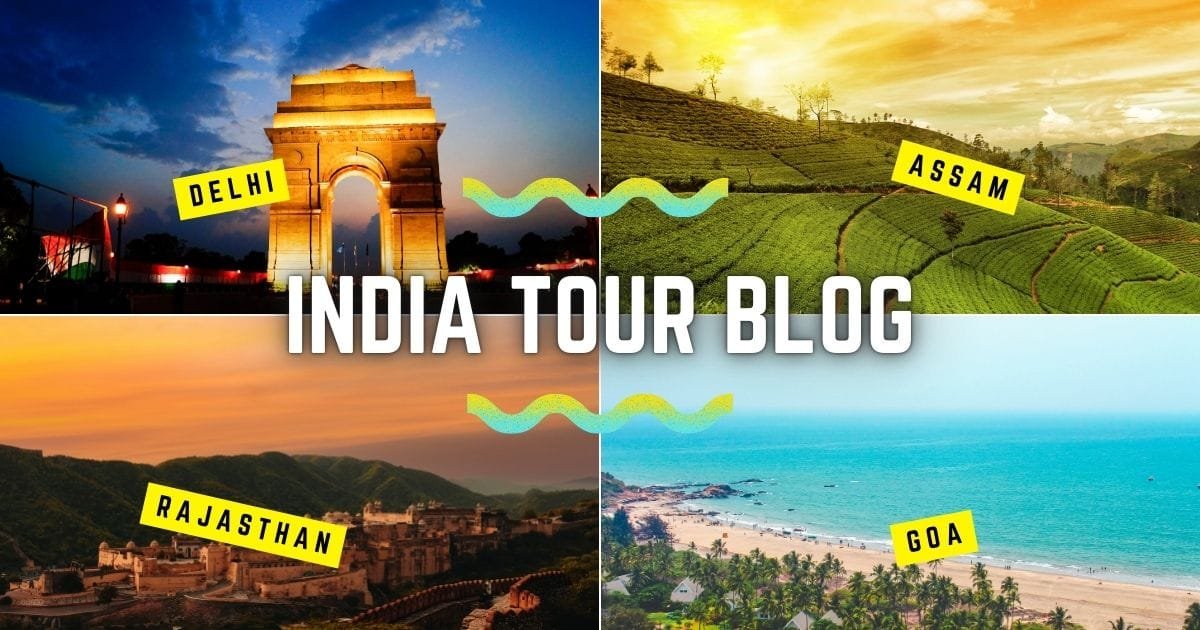Dasaswamedh Ghat Varanasi is more than just a riverbank; it’s a gateway to ancient wisdom, spiritual depth, and mystical energy.
Known for its vibrant rituals, rich history, and the famed Ganga Aarti. This ghat holds a cherished place in the heart of Hindu pilgrims and tourists alike. Join us on this journey to uncover the profound experience of Dasaswamedh Ghat Varanasi.
Table of Contents
ToggleHistorical Significance of Dasaswamedh Ghat
- Ancient Origins: Dasaswamedh Ghat Varanasi is one of the oldest ghats, with a history that traces back thousands of years. It is believed that Lord Brahma created the ghat to welcome Lord Shiva.
- The Legend of Ten Horses: The name ‘Dasaswamedh’ translates to “the place where ten horses were sacrificed.” According to legends, Brahma performed a grand Ashwamedha Yajna (horse sacrifice) at this ghat, giving it its sacred status.
- Pilgrimage Hub: For centuries, Dasaswamedh Ghat has drawn pilgrims who seek spiritual renewal by bathing in the holy Ganges, which is said to purify the soul.
- Cultural Heritage: This ghat symbolizes the heritage of Varanasi. From religious rituals to folk traditions, Dasaswamedh Ghat Varanasi is a living reminder of India’s spiritual essence.
- Iconic Architecture: The ghat’s unique architecture. With its wide steps descending into the Ganges, represents the elegance of ancient Indian architectural styles, making it an iconic part of Varanasi’s skyline.
Spiritual Rituals and Ceremonies at Dasaswamedh Ghat
- Sacred Bathing: Pilgrims visit Dasaswamedh Ghat Varanasi to bathe in the Ganges, seeking forgiveness and liberation from past sins. Devotees consider this daily ritual an essential step on the path to moksha.
- Puja and Offerings: Every morning, devotees perform pujas with flowers, lamps, and incense to honor the Ganges River, symbolizing respect and gratitude.
- Tarpan Rituals: During Pitru Paksha, many families perform the tarpan ritual at Dasaswamedh Ghat, offering prayers and respect to their ancestors, seeking blessings, and honoring their legacy.
- Kirtans and Bhajans: The sound of kirtans (devotional singing) fills the air. As visitors and locals sing praises to the deities, creating a divine ambiance throughout the day.
- Sadhus and Ascetics: Dasaswamedh Ghat Varanasi is a popular gathering spot for sadhus, who come to meditate and chant, infusing the ghat with a profound spiritual energy.
The Ganga Aarti Experience at Dasaswamedh Ghat
- Mesmerizing Sight: Every evening, Dasaswamedh Ghat Varanasi comes alive with the Ganga Aarti, a mesmerizing ritual where priests dressed in saffron robes offer fire, incense, and flowers to Mother Ganga.
- Spiritual Rhythms: The ceremony begins with chants, bells, and conch shells, accompanied by rhythmic music. The chants invoke blessings, creating an enchanting atmosphere.
- Seven Priests’ Ritual: Seven priests conduct the Ganga Aarti in perfect synchrony, each holding large brass lamps. Their synchronized movements symbolize harmony with nature and devotion.
- Divine Glow: As the lamps sway to the beats, the river glows with the reflected lights. Illuminating the night and creating an ethereal experience.
- Offerings of Light: Visitors are encouraged to release floating lamps into the Ganges. These diyas, drifting on the holy water, embody hope, prayers, and deep reverence.
Famous Temples Near Dasaswamedh Ghat
- Kashi Vishwanath Temple: One of the twelve Jyotirlingas, this temple is a must-visit near Dasaswamedh Ghat Varanasi, dedicated to Lord Shiva, and holds immense significance for devotees.
- Annapurna Temple: Located nearby, this temple is devoted to Goddess Annapurna, the deity of nourishment, who blesses devotees with prosperity and abundance.
- Kal Bhairav Temple: The temple of Kal Bhairav, known as the guardian deity of Varanasi, is a prominent place for worshippers seeking divine protection.
- Tulsi Manas Temple: This temple celebrates Tulsidas and the Ramcharitmanas, with walls engraved with verses from this holy scripture.
- Durga Kund Temple: Known for its unique architecture and association with the warrior goddess Durga, this temple is another important site close to Dasaswamedh Ghat.
Cultural and Religious Events
- Dev Deepawali: Celebrated on the full moon of Kartik Purnima, this festival illuminates Dasaswamedh Ghat Varanasi with thousands of diyas, creating a surreal experience.
- Makar Sankranti: During this festival, pilgrims gather to take a holy dip, as they consider it an auspicious day to bathe in the Ganges.
- Shravan Maas: This month, dedicated to Lord Shiva, sees a surge of devotees visiting Dasaswamedh Ghat to perform rituals and offer prayers.
- Kartik Purnima Celebrations: On this day, people celebrate the marriage of Tulsi with Lord Vishnu. A beautiful ceremony performed on the banks of the Ganges.
- Nag Panchami: Worshippers of Lord Shiva come to Dasaswamedh Ghat during this festival to offer prayers to serpents, seen as divine protectors of Shiva.
Exploring the Nearby Attractions of Varanasi
- Assi Ghat: Known for its relaxed atmosphere. Assi Ghat is popular among students, tourists, and locals, perfect for unwinding and enjoying a peaceful evening.
- Manikarnika Ghat: Known as a sacred cremation ground. Manikarnika Ghat is revered for its role in the cycle of life and death.
- Ramnagar Fort: Across the Ganges, this historic fort and museum offer a glimpse into the royal legacy of Varanasi and its Maharajas.
- Banaras Hindu University (BHU): A renowned educational institution, BHU’s serene campus also features the Vishwanath Temple, open to visitors.
- Sarnath: Located near Varanasi, Sarnath is an important Buddhist site where Lord Buddha delivered his first sermon. Drawing both history enthusiasts and peace-seekers.
How to Reach Dasaswamedh Ghat and Varanasi
- By Air: Major cities are well-connected to Lal Bahadur Shastri Airport in Varanasi. From the airport, taxis and buses are available to reach Dasaswamedh Ghat Varanasi.
- By Train: Varanasi Junction and Kashi Station are the main railway stations, with frequent trains from across India.
- By Road: Regular buses connect Varanasi to nearby cities, and taxis and auto-rickshaws are readily available within the city.
- Boat Rides: A unique way to reach Dasaswamedh Ghat Varanasi is by taking a boat ride on the Ganges. Offering scenic views and a peaceful experience.
- Walking Tours: Exploring on foot is common; many visitors enjoy walking through the narrow lanes of Varanasi to reach the ghat and experience the local culture.
Best Time to Visit Dasaswamedh Ghat
- Winter (October to March): Winter is the ideal season, with pleasant weather that enhances the experience of Ganga Aarti and nearby sightseeing.
- Festive Season: Visiting during Dev Deepawali or Makar Sankranti offers a unique and mesmerizing view of the ghat adorned with diyas and celebrations.
- Early Mornings: Sunrise at Dasaswamedh Ghat Varanasi is a tranquil experience, with fewer crowds and a serene atmosphere.
- Evening Ganga Aarti: Evening is the best time to witness the Ganga Aarti. The spectacle, the chants, and the lights create an unforgettable experience.
- Monsoon Caution: Though Varanasi’s ghats remain accessible, the monsoon brings high water levels, which can impact the ghat experience.
Conclusion:
Dasaswamedh Ghat Varanasi is a place that touches the soul. Offering a glimpse into the heart of India’s spirituality, history, and culture.
From the enchanting Ganga Aarti to the ancient rituals, every moment here speaks of devotion and divine energy. This sacred ghat invites every traveler to embrace its mystical aura. An experience that lingers in memory long after the journey ends.
Book your tour packages with us for a seamless experience and make memories for lifetime.



















